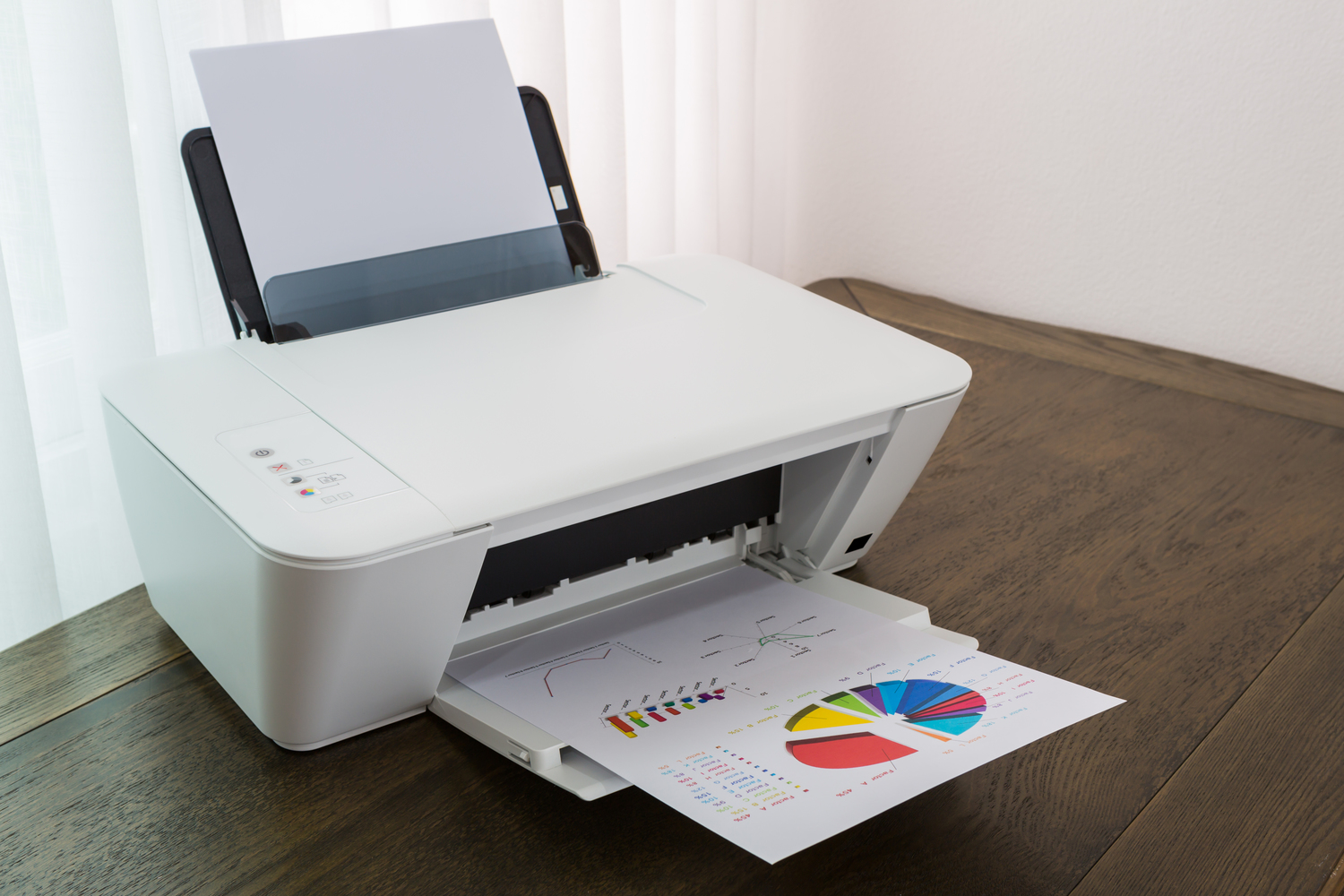
5 features to consider when buying a printer
Generally, customers shopping for a printer focus more on the type of printer they need, like inkjet or laser, and the cost of replacing the cartridges. There exist some secondary features that should also be considered to ensure that the best choice is made. Mentioned here is a list of these features and why they must be considered:
1. Duplexing (double-sided printing and scanning)
A huge advantage that comes with buying certain printers is that they have automatic duplexing. Duplexing is a feature where printing and scanning on both sides of a page can be done without any human intervention. Normally, you would have to print the first side of the page, flip it over, and put it back into the printer to print the other side. Numerous scanners cum printers (all-in-one device) come with an ADF (Automatic Document Feeder) that can also perform automatic scanning on both sides of a paper. These features make it extremely easy for you if you use printers regularly. It saves a lot of time and helps in organizing your documents conveniently.
2. Connectivity
All printing devices available in the market today provide an effective set of networking options. The standard one is a USB, which is a direct connection between the laptop and the computer. It mandates both the devices to stay in close proximity to one another. In workplace environments, Ethernet is used as a tool for connectivity (with the help of cables and routers). However, this has become an obsolete form of networking, and it is rare to find a printer with a built-in Ethernet port. Wi-Fi connectivity has become the norm now, and nearly every printer comes with a Wi-Fi networking feature. Buying a printer with a Wi-Fi feature that can perform mobile printing means you can also connect to smartphones and digital cameras.
3. Storage
If printing photos is your primary purpose of shopping for a printer, the option of buying a printer with an in-built memory slot and Bluetooth capabilities must be explored. With these features, there is no need to transfer photos onto a laptop first. Cameras compatible with PictBridge can be plugged in with a printer directly. Google Cloud Print, Dropbox, and other such services allow a person to send photos directly to the printer.
4. Paper handling
Printers have modification settings for standard types of paper, but that may not necessarily apply to legal envelopes, glossy paper, and index cards. Recently, companies have added new input trays for different types, sizes, and weight of paper. The size of the tray also matters in such cases.
5. Resolution and speed
Printer sellers use a standardized test to determine the speed of a printer, which is licensed to them by the International Standards Organization (ISO). The ISO test is universal to all companies and uses an unbiased metric of judgment. The test must be complemented with actual comparisons of printouts at retail stops to get a more accurate picture before buying a printer.


